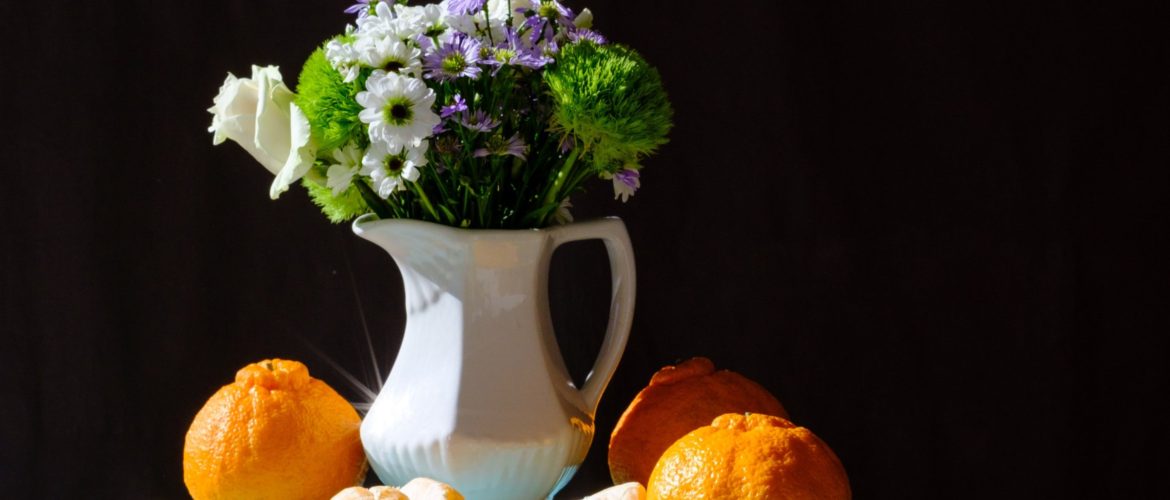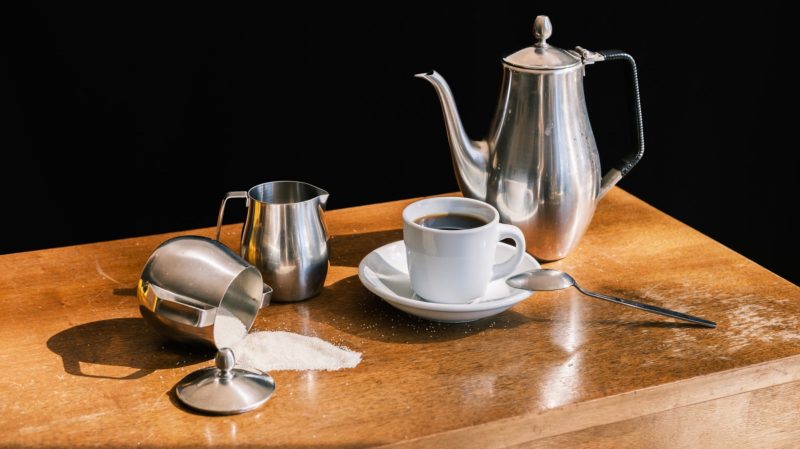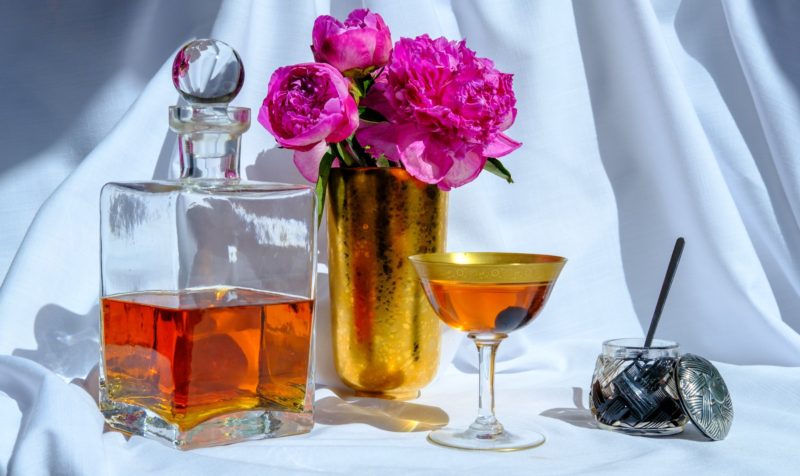Still Life Photography, or How to Shoot Everyday Life

If you want to be a professional photographer, people might recommend that you should start with taking photos of the streets. It is considered a good and effective beginning for would-be photography gurus. Indeed, developing street photography skills is relatively easy, and you don’t need many resources for that. At the same time, there is one more type of photography that would perfectly suit starters — it is still life photography. Let’s see what role it plays nowadays.
Still Life Photography, or How to Shoot Everyday Life
This type of photography is called still life for a reason. The thing is that it is the very same copy of still life painting, but without canvases and with cameras. But all jokes aside, the concept is identical — a focus on inanimate subjects that are usually commonplace objects. As well as in the legendary Dutch still life, it can contain objects of different types and kinds. The variety is so bewildering that modern experts even distinguish food photography, product photography, and found object photography, among others.
The value of still life photography lies in its practical and theoretical freedom. It is—by the way—one of the qualities making this type of photography so appealing for beginners. What does that freedom mean? Every artist is free to set up a scene: arrange the order of items, lighting, and framing. These are some of the most important parts of the composition. In other words, you are not restricted by some strict rules. It also means that you can experiment more and try doing things differently.
Without a doubt, still life photography does have some golden rules, but you can learn most of them in the process. Such a universality has appealed to many emerging and established artists. So, if you want to hone your photography skills, try shooting objects of everyday life. As usual, beauty is in the details!


